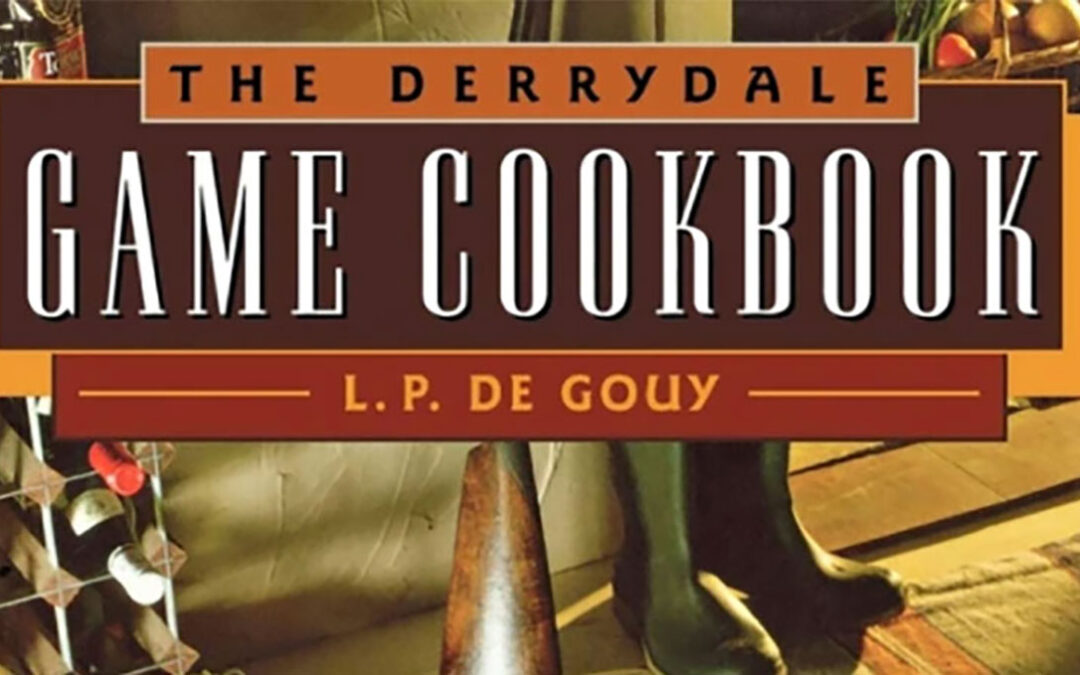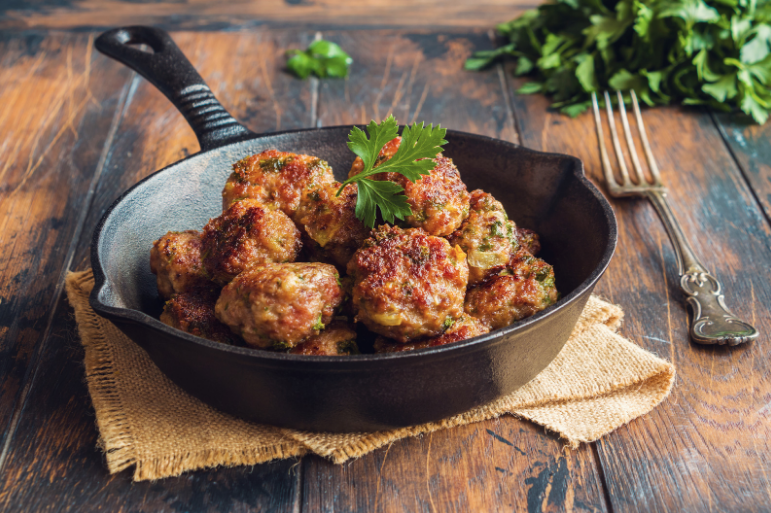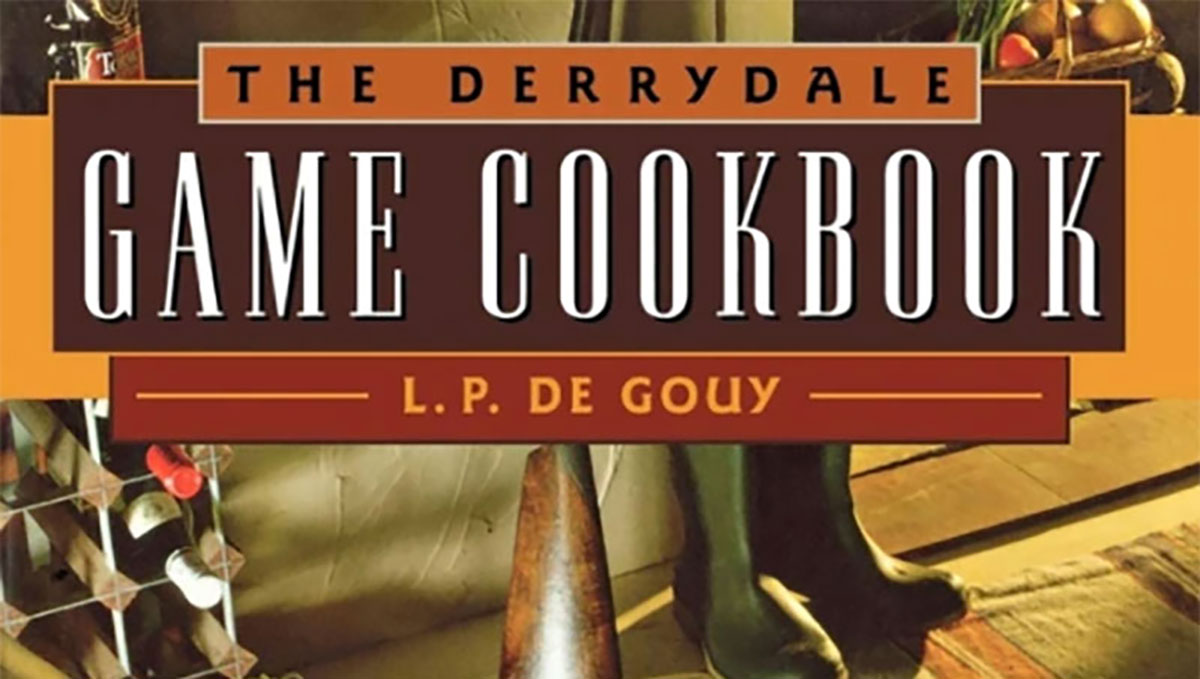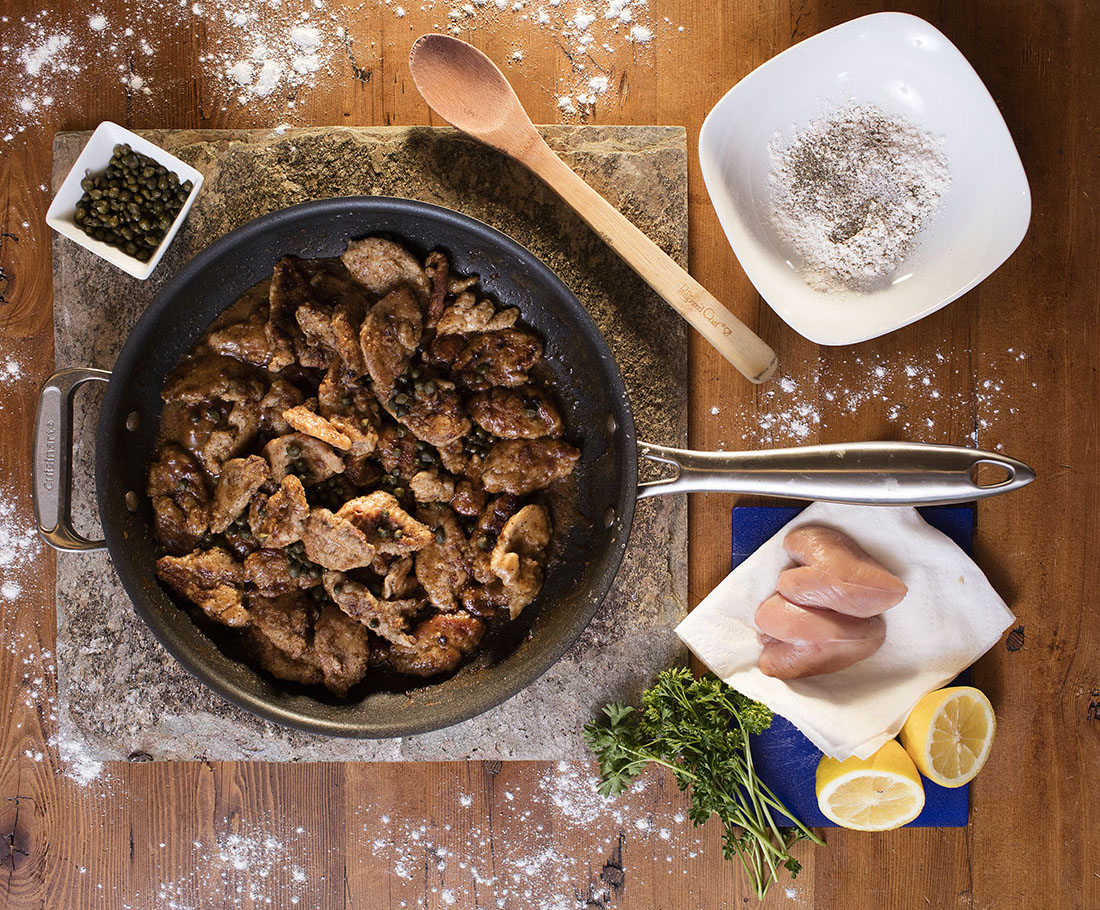What Is Game? A Few Foundational Points On Game:
Under the generic name of game, we understand and include all the animals good to eat which live free in the woods and fields. To the culinary point of view, game is divided in three classes: large, medium and small.
Gam is one of the luxuries of the dinner-table. It is a food healthful, savory, tasty and easy to digest. But these qualities are not so intrinsic as to be in a great measure independent of the skill of the cook, under whose directions, game or any other kind of food, undergoes a great number of scientific modifications and transformations, furnishing the majority of the highly flavored dishes on which a transcendental gastronomic art is based.
Take the fragile quail, for example; it is, amongst game properly so called, the smallest and the most agreeable. A very plump quail pleases as much by its taste as by its shape and color. Its flavor is very evanescent and it may be prepared in countless succulent ways.
The woodcock, as another example, is also a bird to be held in high esteem, but few people know it in all its glory when roasted according to all rules and regulations of culinary principles for then the mouth is flooded with delight.
The merit of a pheasant consists in its aroma. But only a few mortals know how to serve it up to perfection. Science has taken into consideration the merit of this aroma, experience has used it and a pheasant ready for the oven is a morsel worthy of the greatest connoisseur among gourmets. It is a dry-fleshed bird, with a gamy odor that requires tender care during the preparation. Besides it should never be eaten before at least one good week after it is skilled, if one wants to enjoy real pheasant.
Many of the wild fowl that lend gustatory elegance to restaurant menus and private tables of true connoisseurs, gourmets and gastronomes are imported. From the fens and moors of Scotland, we receive tender grouse hen; from Siberia, the hazel hen and snow hen; from Norway, the wild hen; partridge, black and white plover, come from England; and quails from South America, especially from Uruguay, while the brown-speckled quail comes from Argentina.
The large game or venison is well represented. From Alaska, we have herds of reindeer, which provide delicious stews, tender steaks, succulent casseroles, appetizing roasts and tempting braised morsels.
The widespread American taste for game is not recent; it is a survival from our ancestors, strengthened by repeal of Prohibition, and here to stay. nowadays, the city dwellers are relieved of the tedious process of curing, marinating and aging game. That task is done for them by the game dealers and the butchers and if sometimes the meat may appear or taste too gamy, they correct this easily at home, and pungent and sometimes disquieting odor, greatly diminished.
Other than the pheasant and a few minor birds, small game in general should be treated gently, tenderly and with nice discretion and simplicity, if one wants to enjoy the natural flavor. The generality of wild birds from woodland or shore may be prepared with no extraneous aids of spices or condiments to give them savor, flavor and piquancy; the larger ones, at least some of them, have to be larded, to “enrich and nourish” the meat, but the main point in game cooking is that any kind of game, small or large, should always be served sizzling hot and cooked just to the indicated point.
Editor’s Note: This is an excerpt from THE DERRYDALE GAME COOKBOOK available in the Sporting Classics Store.




